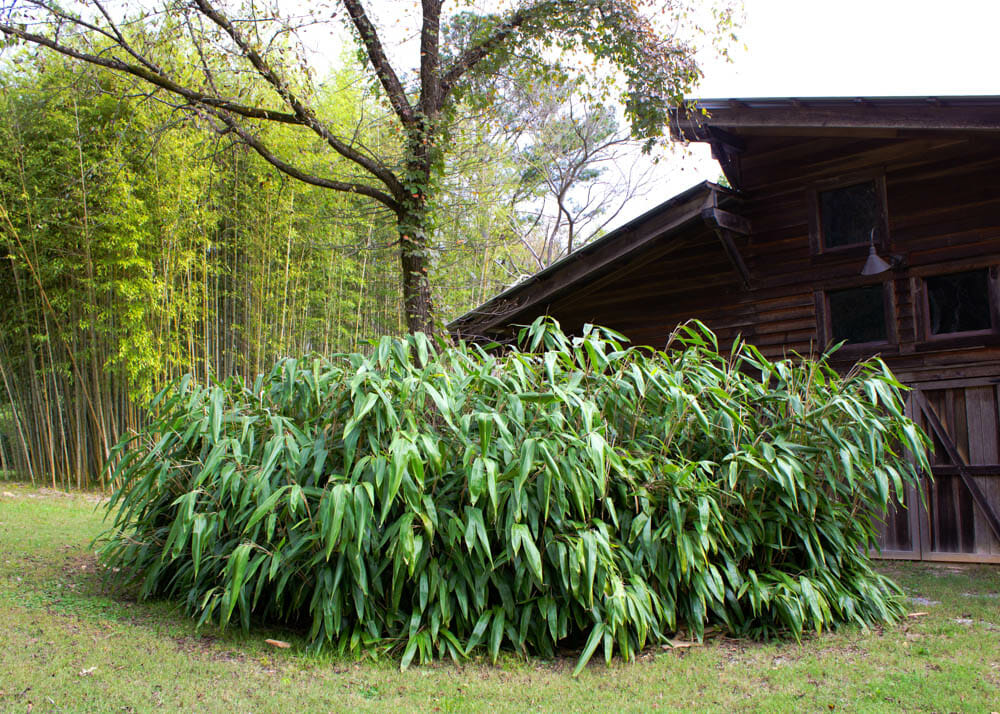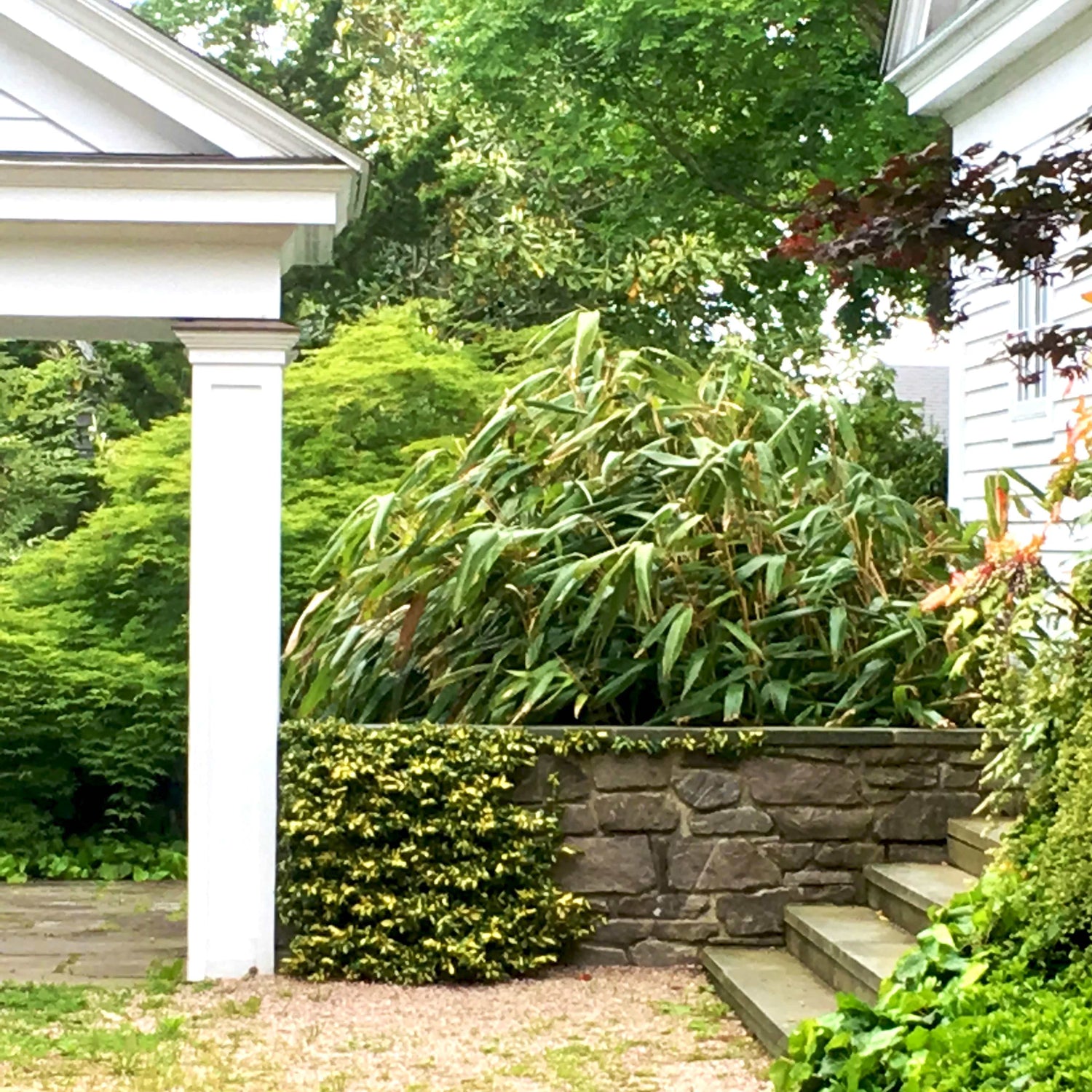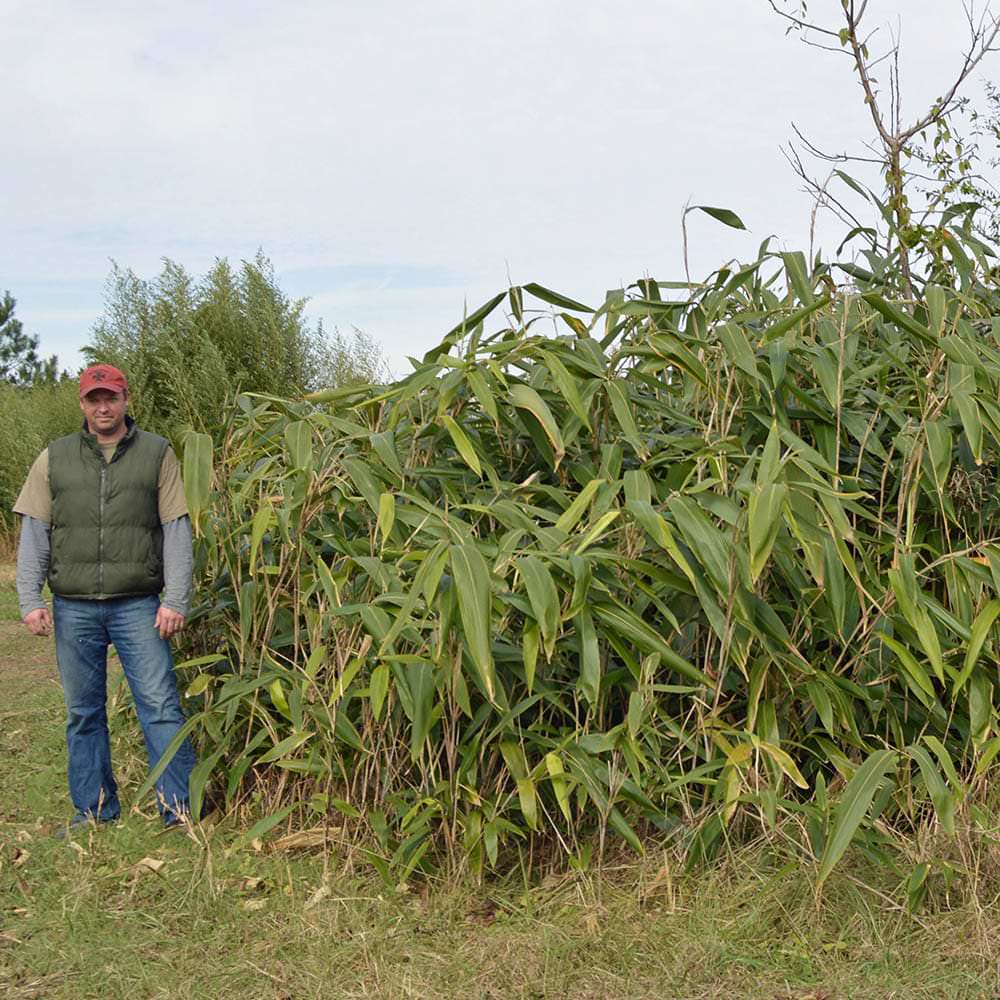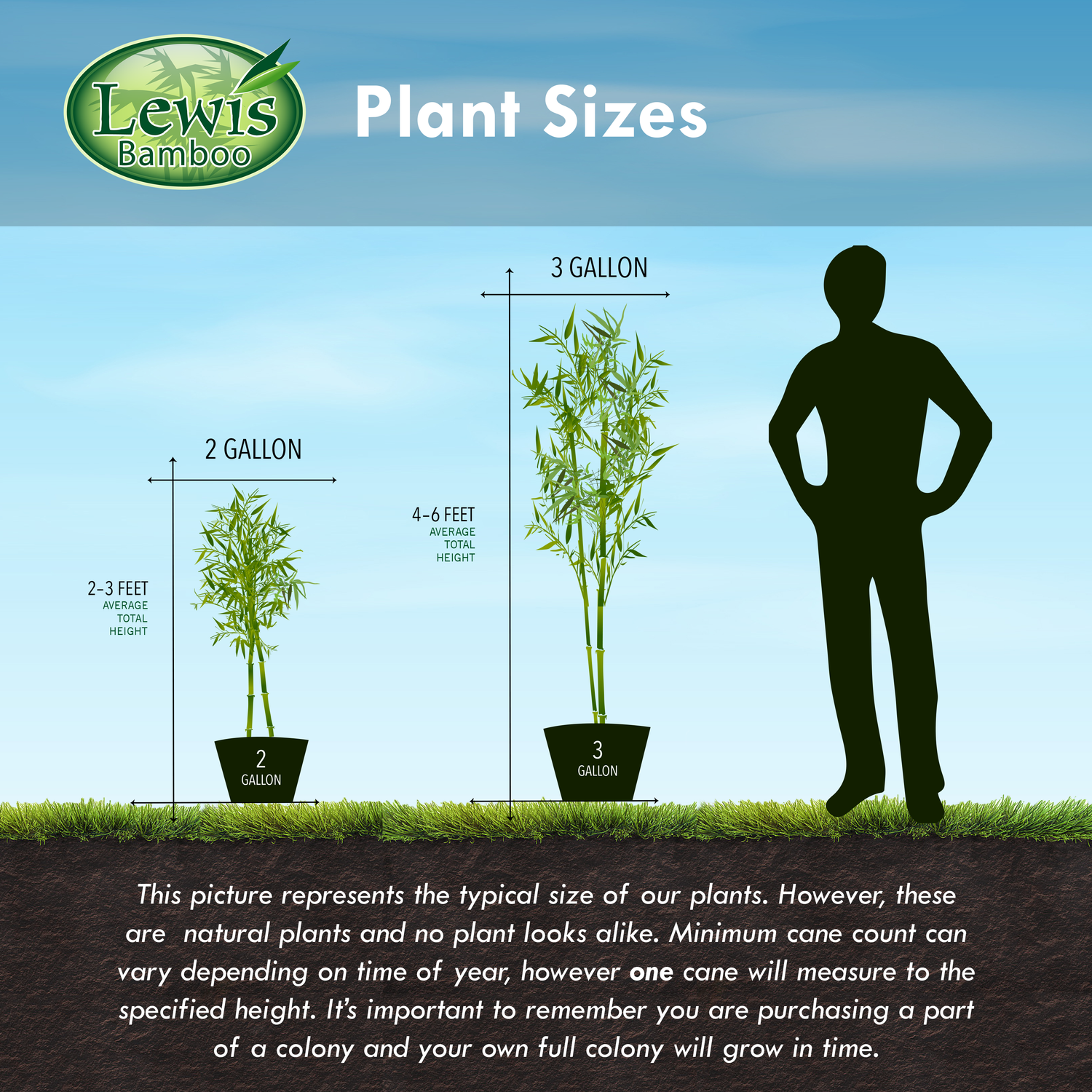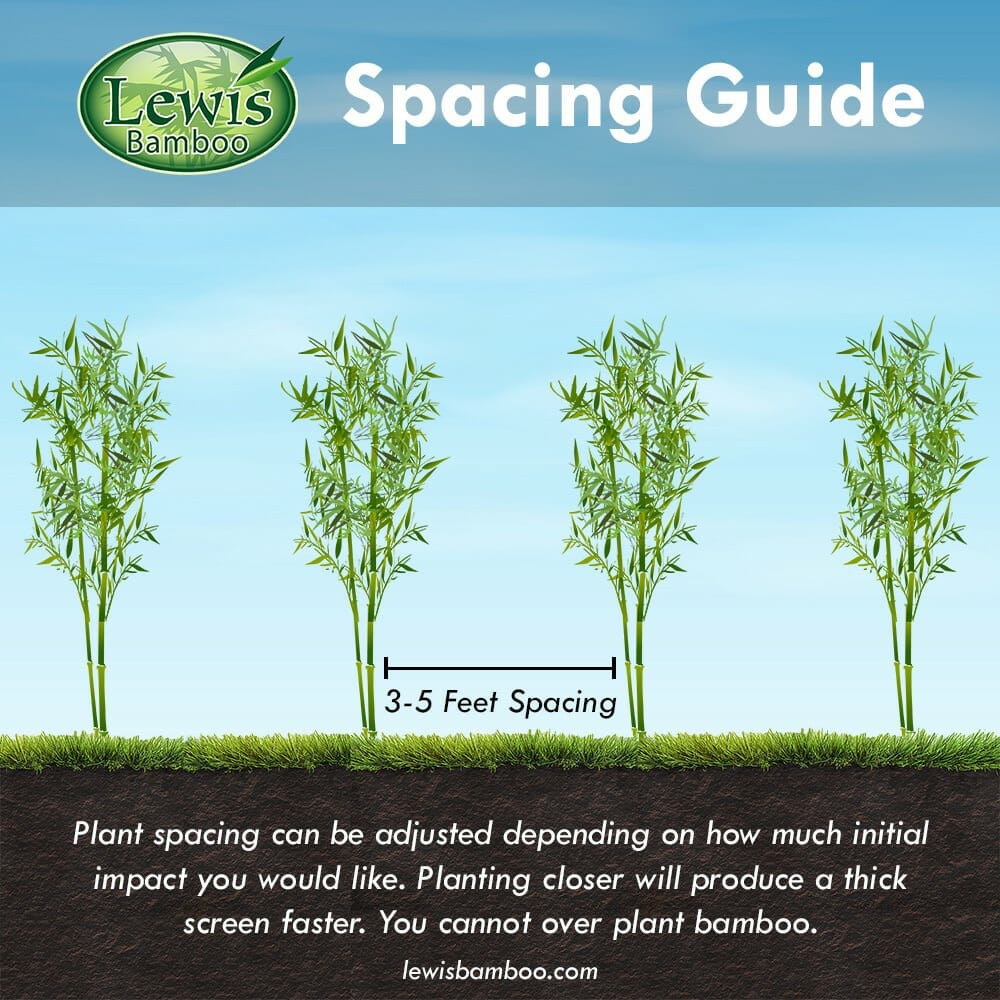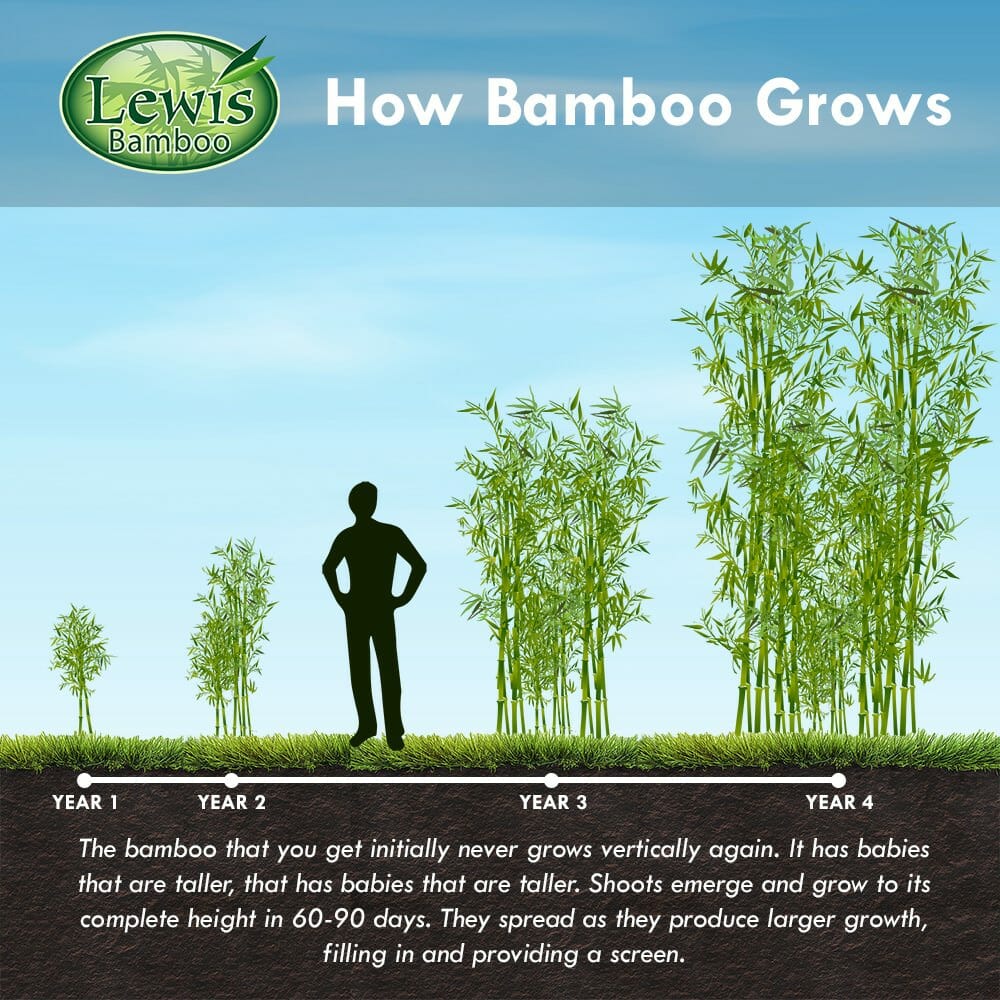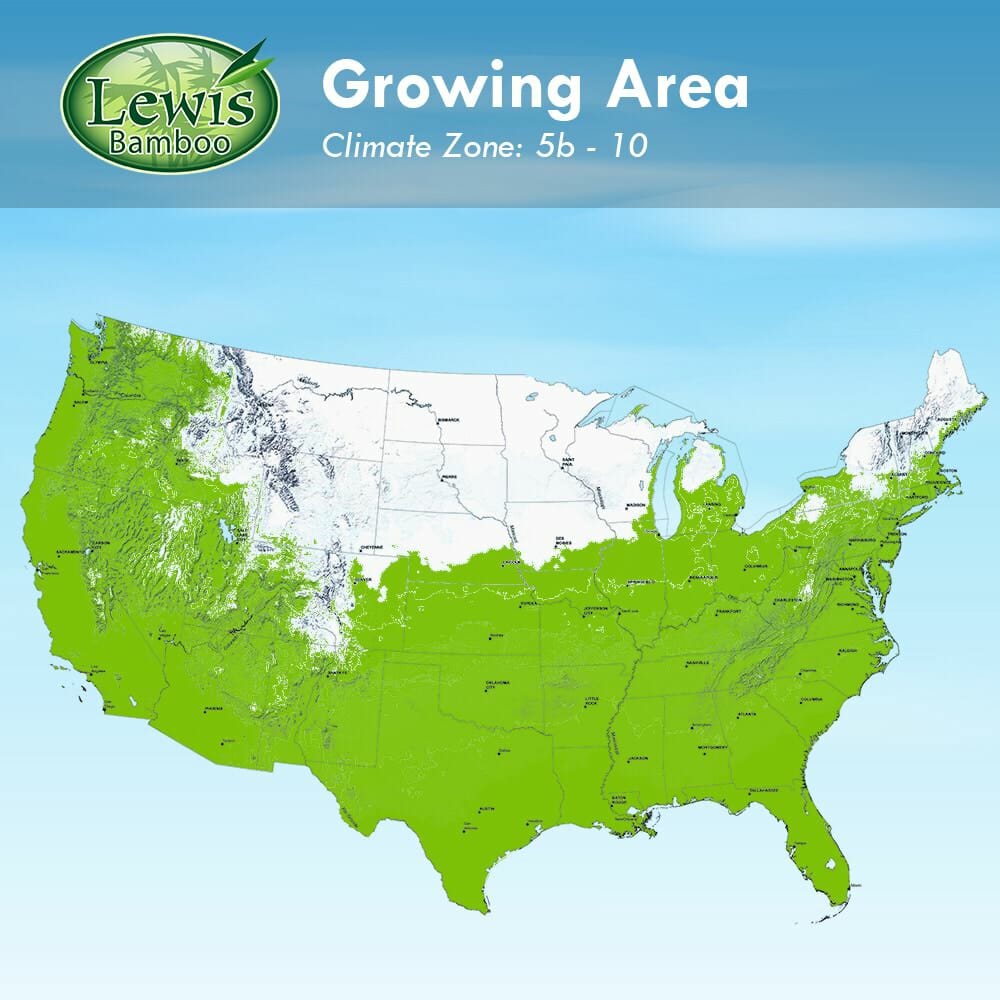Lewis Bamboo
Giant Leaf Bamboo
- Leaves can be used for cooking (steaming)
- Great choice for shaded area privacy hedge
- Great choice for erosion control
Couldn't load pickup availability
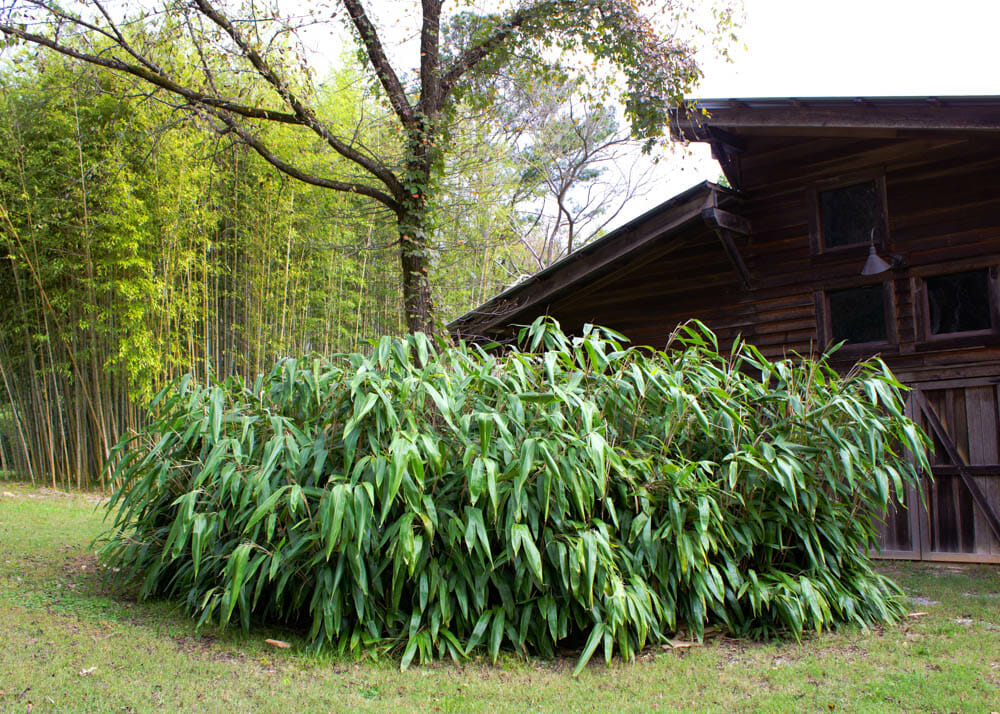
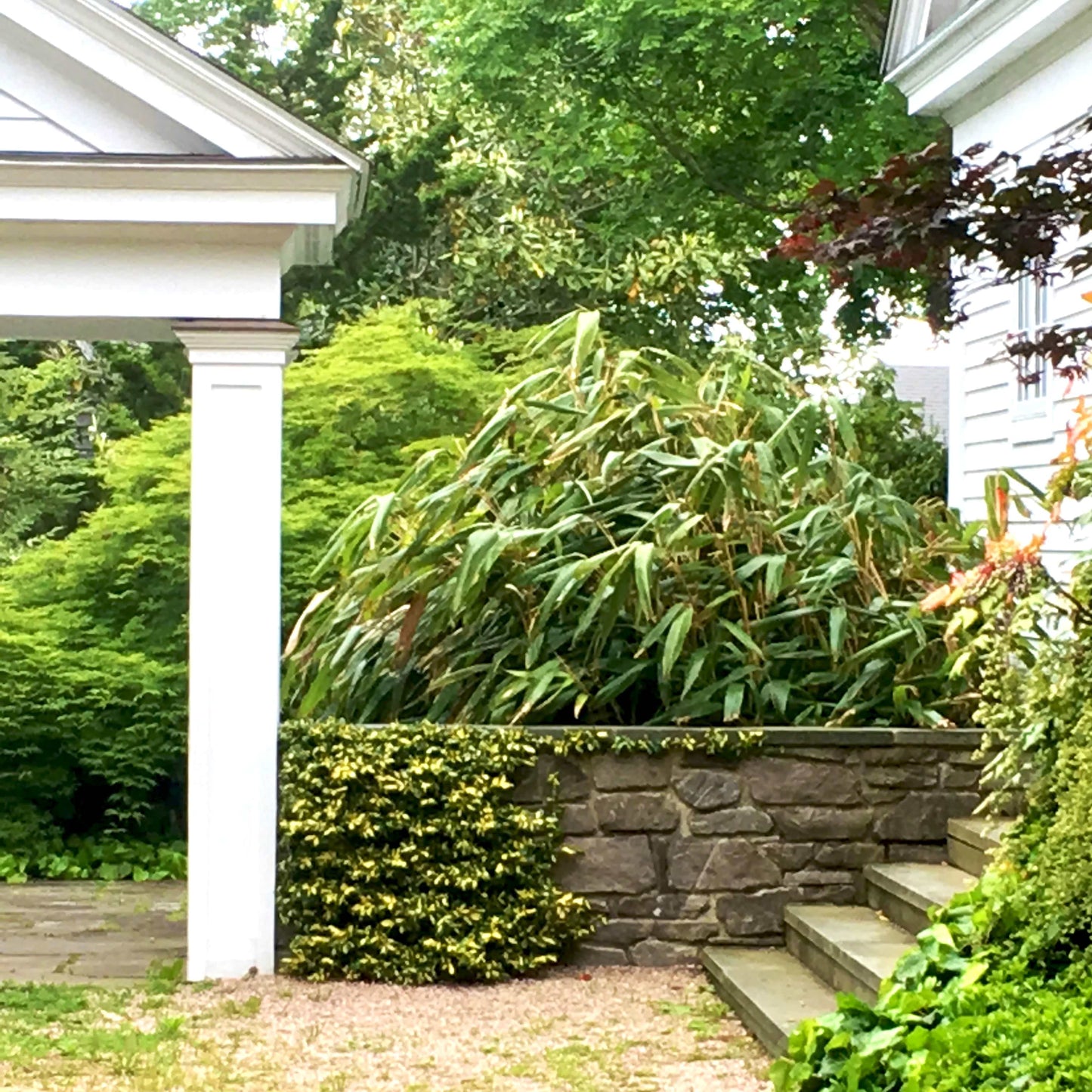

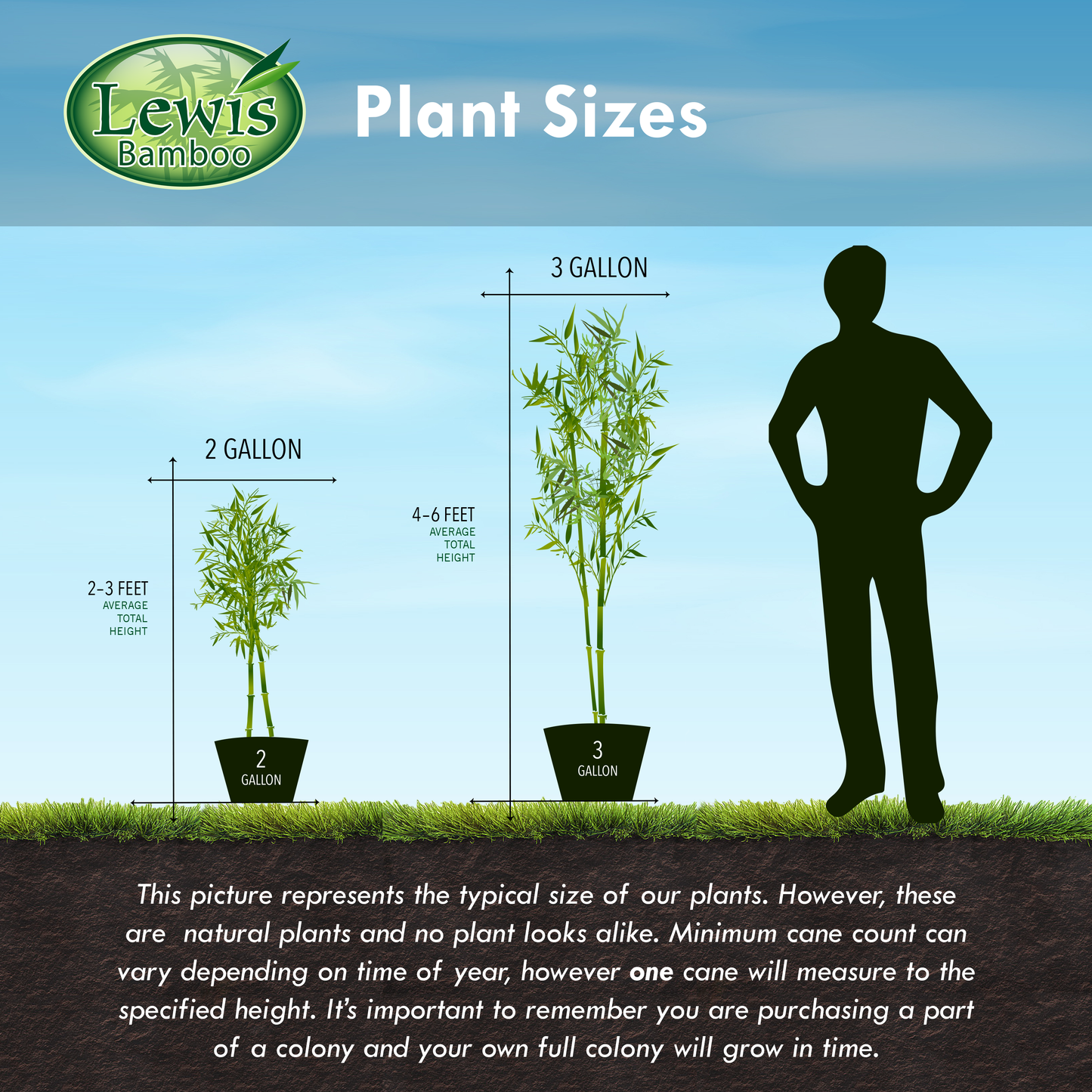
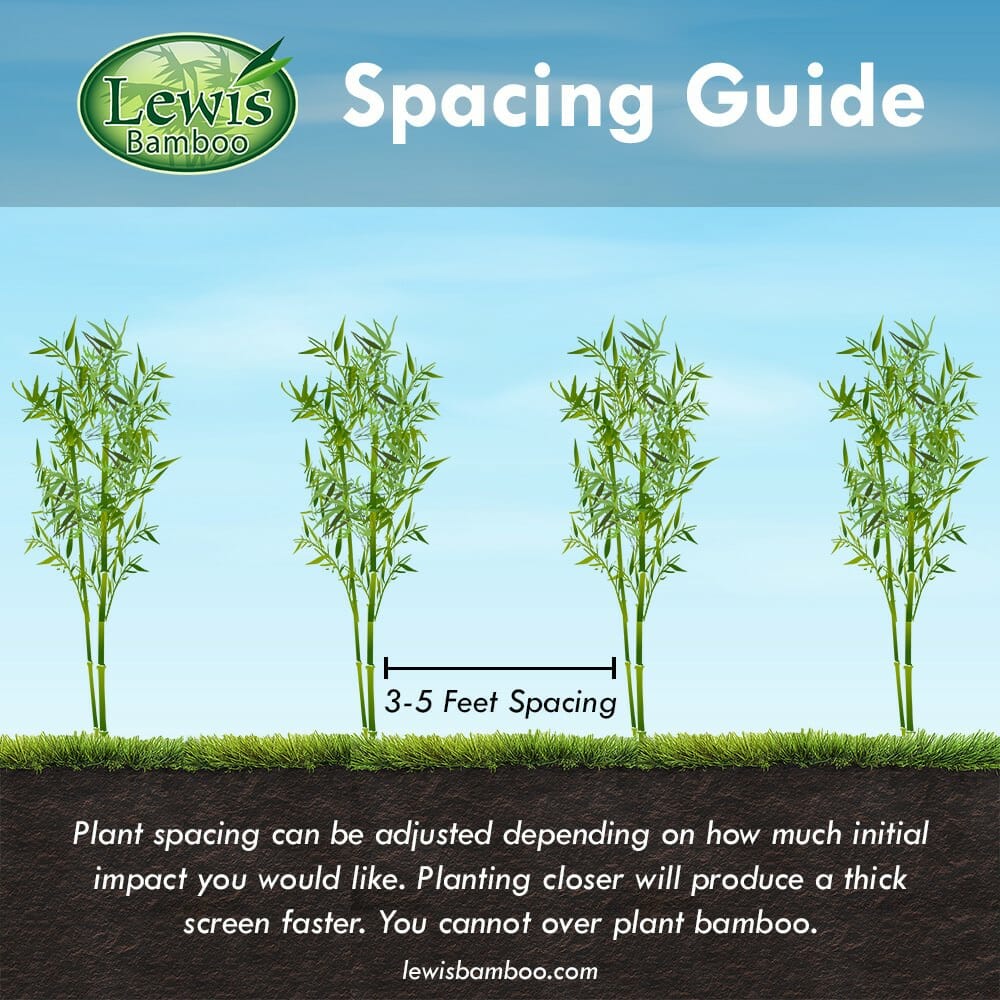
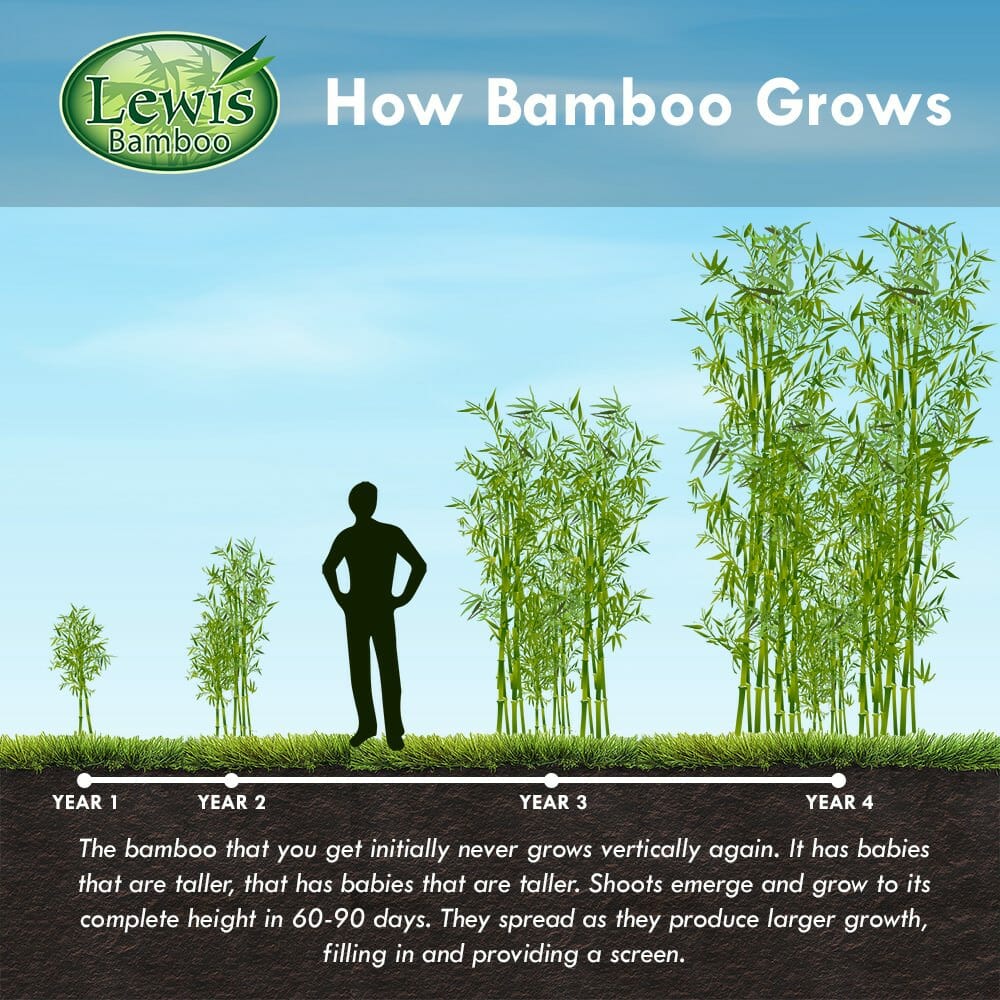
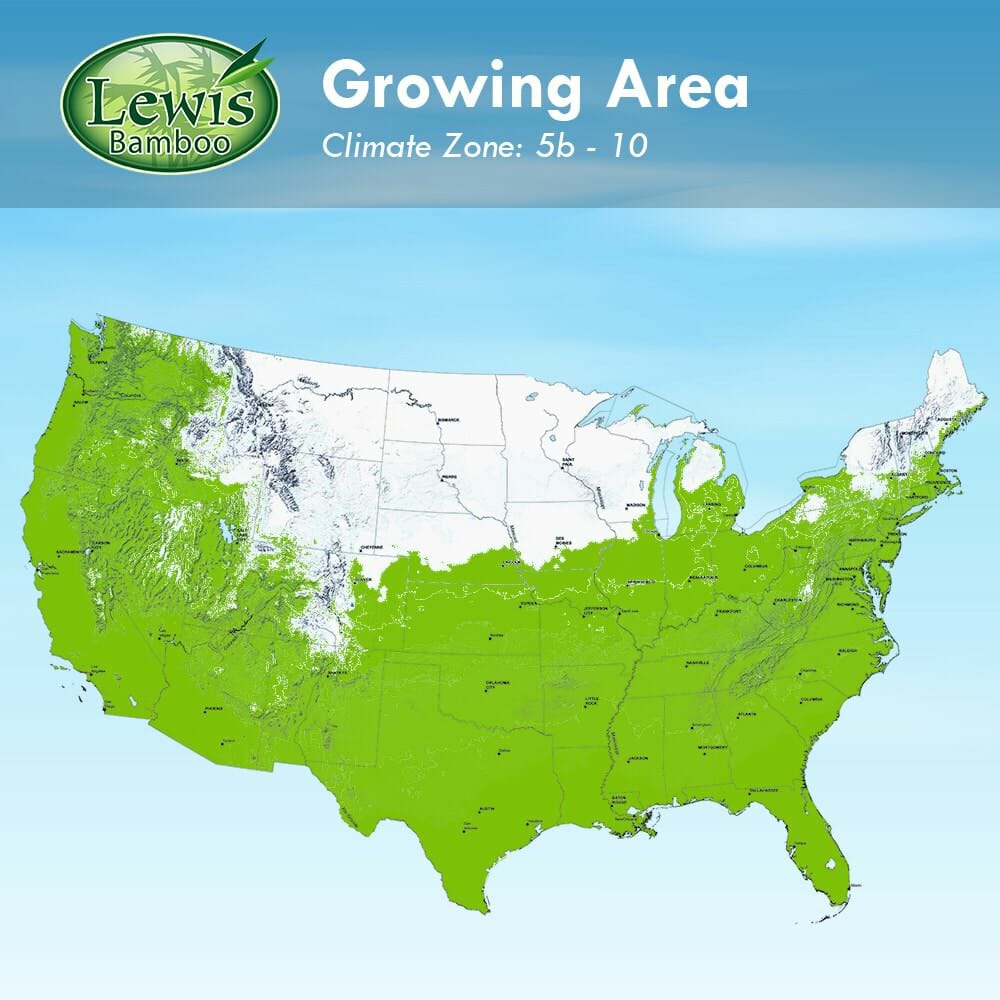
Can I grow this bamboo?
Once you enter your zip code below, we can provide recommendations just for you!
Characteristics of Indocalamus Tessellatus
Indocalamus Tessellatus 'Giant Leaf Bamboo' is an extremely hardy semi-dwarf species that is great for a privacy screen for 8 to 10 feet. This species is also used in many countries for erosion control along flood plains. It adapts well to all planting sites and grows very well as an under-story species with any of the larger bamboo. The bamboo does best in a shaded site, making it a great option for an indoor container plant.
It has the largest leaves of any bamboo in cultivation in the U.S., they can be up to 26in X 5in and have many uses. For example, Chinese and Japanese have used them in cooking by wrapping food in them prior to steaming. They also are currently being used in floral arrangements.
One of our groves has reached 12 feet in height along the riverside of the grove. It has thousands of rhizomes (roots) hanging over in the water picking up just whatever water it needs throughout our hot summer months. On new plantings, this species will get leaf damage at around 0 to 5 degrees F. On older established groves it will remain evergreen to -10 with very little foliage damage.
How Bamboo Grows
Bamboo grows a little different than most plants. The bamboo that you get initially never grows vertically again. It has babies that are taller, that has babies that are taller. Every generation should be taller that the previous year's shoots. The intriguing aspect is that each year’s growth emerges and grows to it complete height in 60-90 days. They spread as they produce larger growth, filling in and providing a screen.
This link will help you learn how bamboo grows. It will give you an idea of what kind of growth to expect from your planting. It is a lot of information, but well worth your time. How Bamboo Grows
Planting Instructions
Planting bamboo is also easy. You want to dig a hole about twice the size of the root ball. When you plant the bamboo amend your soil with composted manure and a good top soil. Bamboo can be planted at ground level or slightly deeper. It is not a picky about it conditions but this will help get it off to a good start.

More details can be found on our Planting Instruction Page
Spacing between plants
One division of bamboo will start a grove or screen over time. However, if you want a privacy screen fast, we recommend planting bamboo 3 to 5 feet apart. This will hopefully allow you to have a good screen in three years. There are a lot of factors such as water, sunlight, and climate zones that speeds up or slows down the process. Three years is about the average on this spacing, closer planting will allow you to screen or develop your grove faster. You cannot over plant bamboo.
Maintenance
Fertilizing
Bamboo can benefit from a fertilization program. You can safely fertilize your bamboo once it has been in the ground for one month. A time release fertilizer will work great. Time release fertilizers allow for proper absorption in case your soil is out of PH balance. We offer some fertilizer to help with growth. We fertilize twice a year. Once in the early spring to encourage new growth and then again during the middle of the grow season to replace any nutrients that are being depleted. Click here to see our recommended fertilizer: Our Fertilizers
Control
Over the years a lot of myths have been told about bamboo, while it can spread under good conditions, it is not as invasive as many people would have you believe. In colder climates an aggressive runner here in the south will hardy spread at all in comparison. We have been growing bamboo since 1985 and had experience with it long before that. The bamboo's underground root system (rhizome) will spread beyond the initial planting over the years, so in the next two or three years you will need to decide on some method of containment on the sides you do not want the rhizomes to run over into.
We have constructed a page discussing multiple methods of controlling bamboo. It goes over root pruning, mowing new shoots, and in ground barriers: Controlling Bamboo
All this said and it may discourage you, but as with any plant there will be maintenance. Bamboo is very beautiful and is great in a Japanese style garden, but it will need maintenance down the road. At first it may seem to be doing nothing, but after 3 to 5 years you will have a lot of beautiful culms (canes) and love the foliage. All our 150 plus species simply contained by mowing and weed eating the new Spring and Summer shoots. Hopes this helps and don't be afraid of the bamboo.

